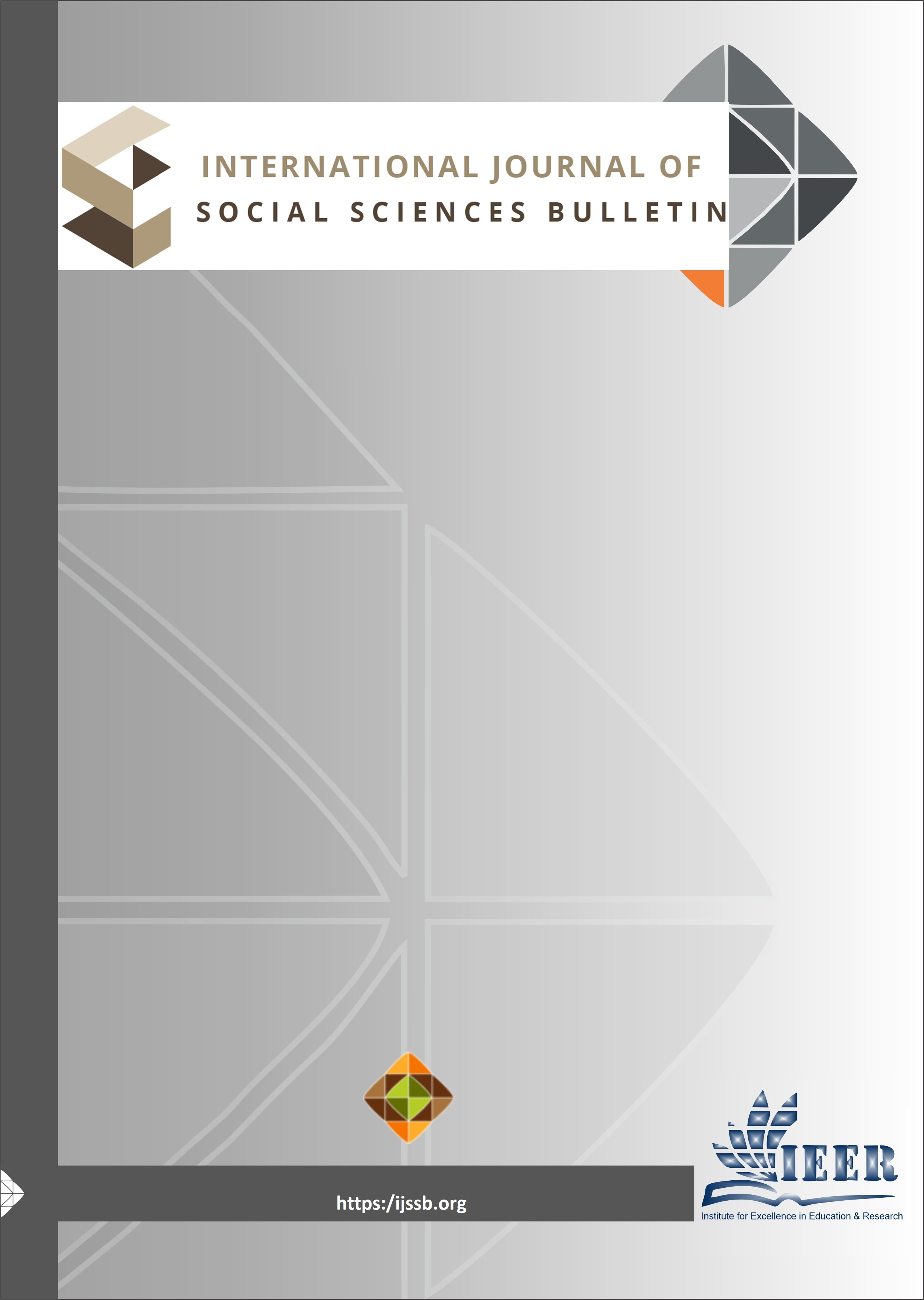THE EVOLUTION OF INDUSTRIAL DESIGNS PROTECTION IN PAKISTAN: COMPARATIVE ANALYSIS OF THE PATENTS AND DESIGNS ACT 1911 AND THE REGISTERED DESIGNS ORDINANCE 2000
Keywords:
Pakistan, Patents and Designs Act 1911, The Patent Ordinance 2000, Rules 2003, registration, originality, upgradation, international standards, unregistered designsAbstract
The protection of industrial designs plays an important role in the promotion of both innovation and economic growth, by safeguarding the visual design and presentation of manufactured goods. The legal framework of design protection in Pakistan has undergone significant transformation, transitioning from the colonial-era Patents and Designs Act, 1911 to the more sophisticated and comprehensive Registered Designs Ordinance, 2000. This paper critically analyses the evolution of design rights in Pakistan, by offering a comparative analysis of the two statutes with a focus on substantive legal provisions, procedural reforms, and their compliance with international obligations i.e. the Paris Convention 1883 and the TRIPS Agreement 1995. This study relied on the relevant statutes, official guidelines, news articles, websites and scholarly journals. The study finds out that the Ordinance 2000 has updated and has brought much clarity to the then legal framework for design protection. However, still certain ambiguities remain, particularly in the areas of the criteria of originality, enforcement mechanism, and those of unregistered design rights. The paper concludes with certain recommendations for further refinement to ensure that the current law fully protect and encourage innovation and is aligned with the best global practices.
Downloads
Published
Issue
Section
License

This work is licensed under a Creative Commons Attribution-NonCommercial-NoDerivatives 4.0 International License.

















